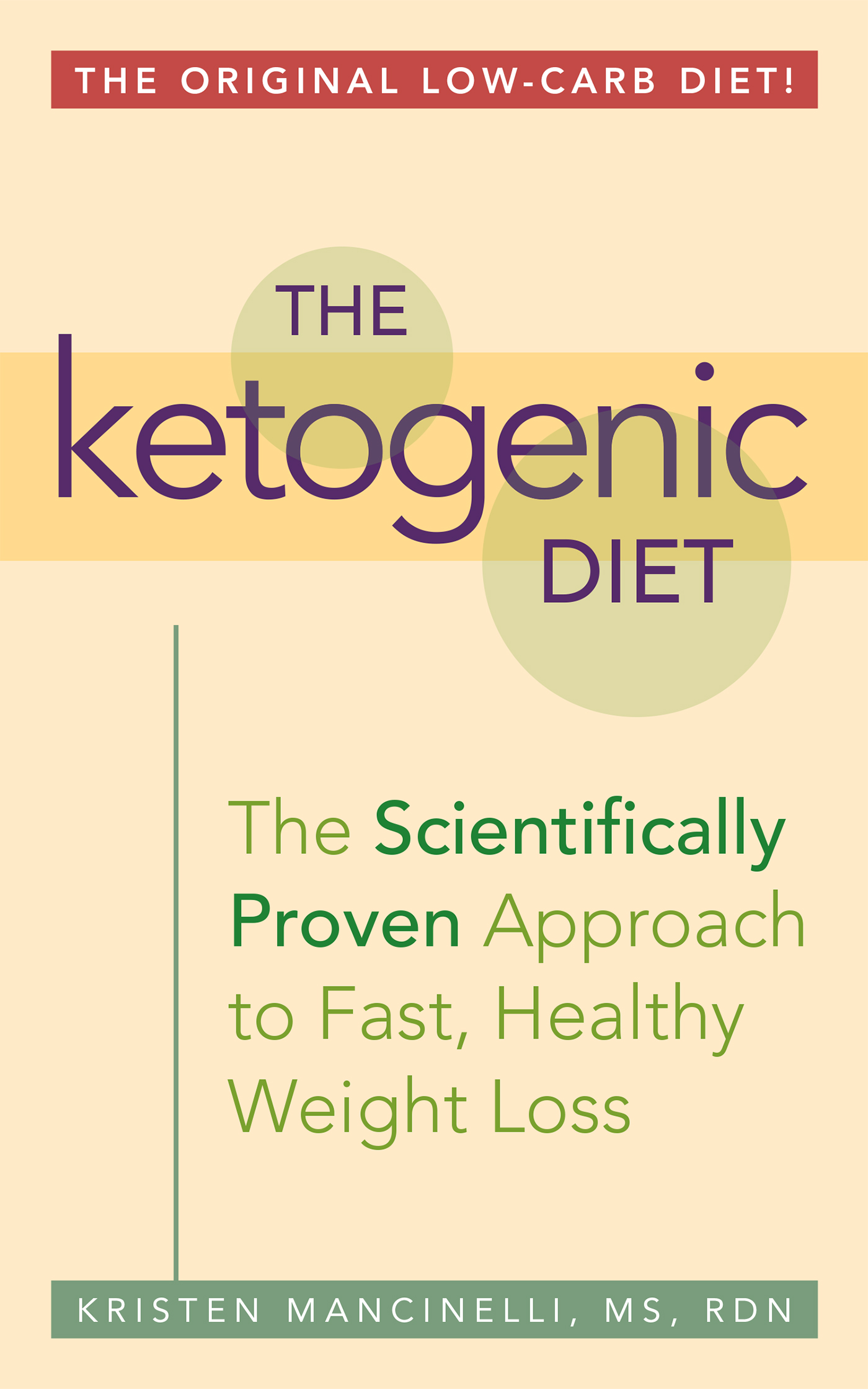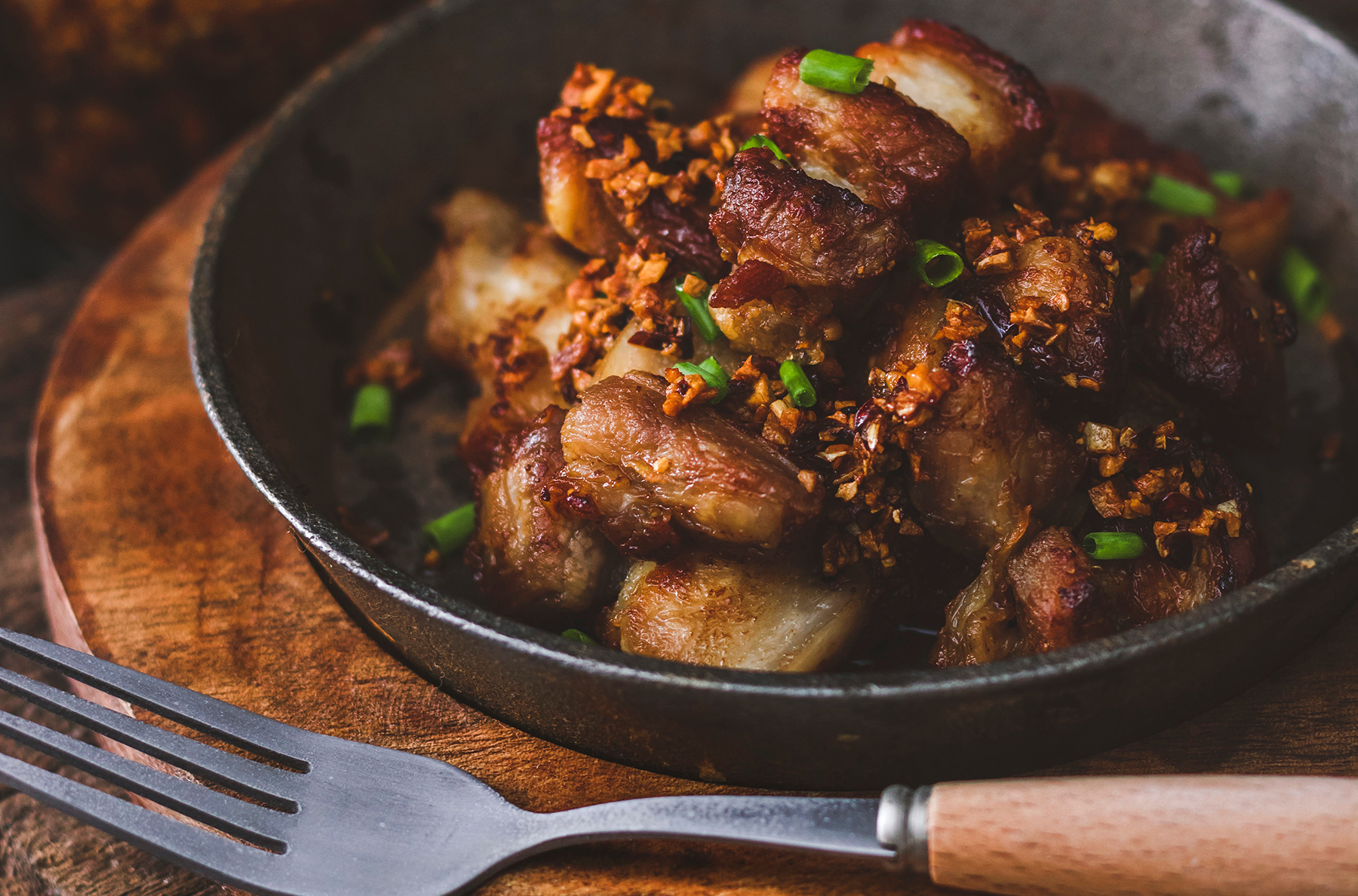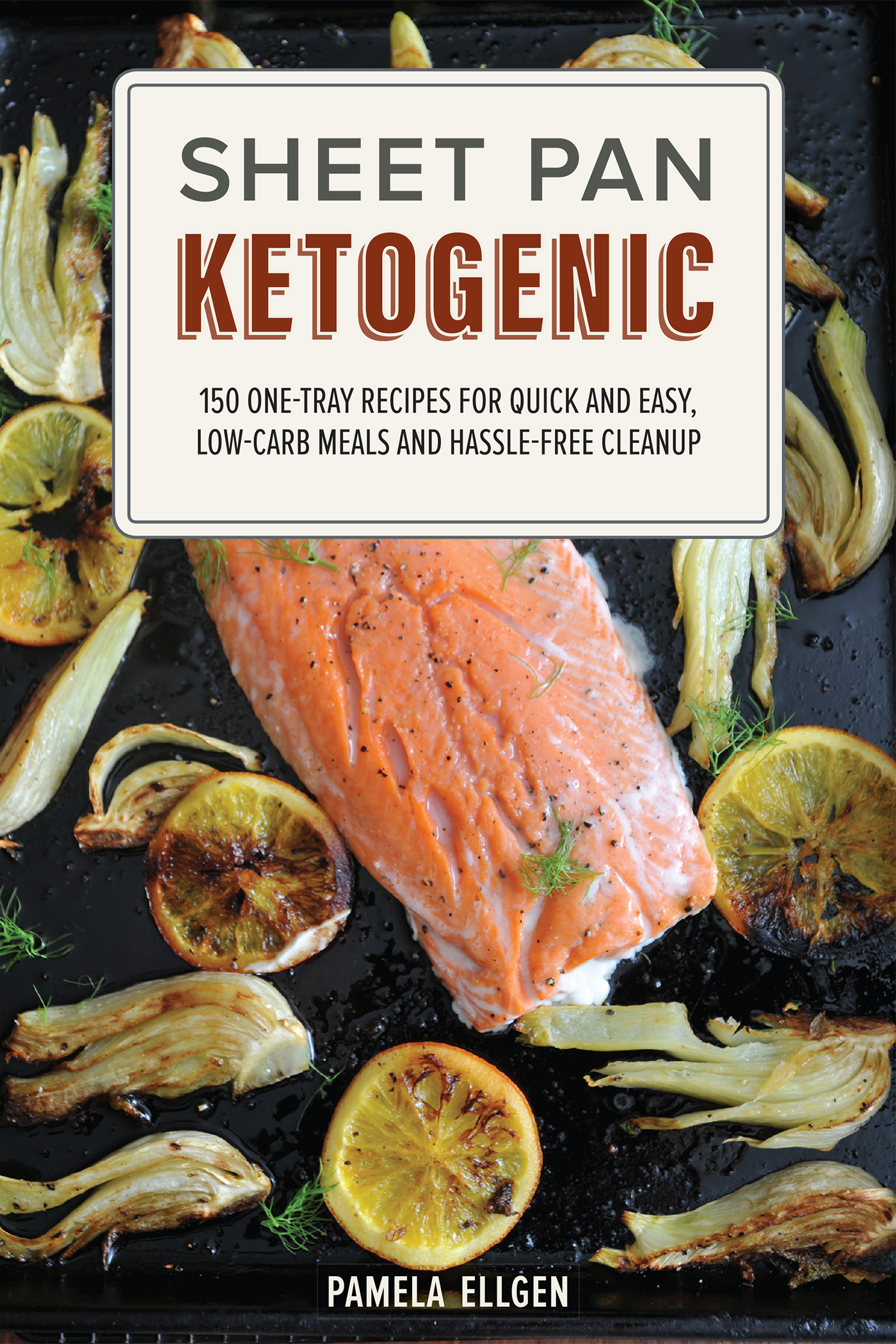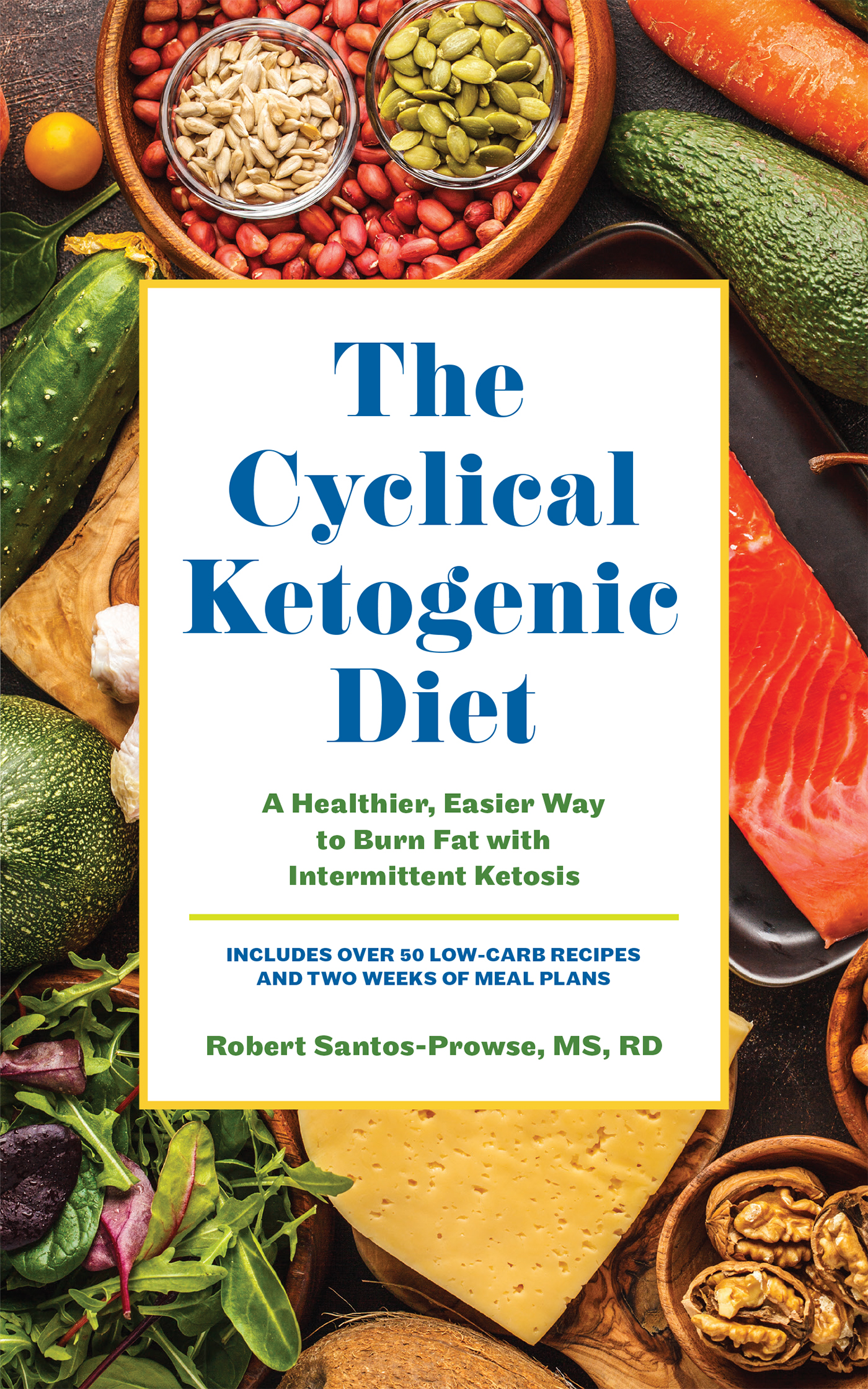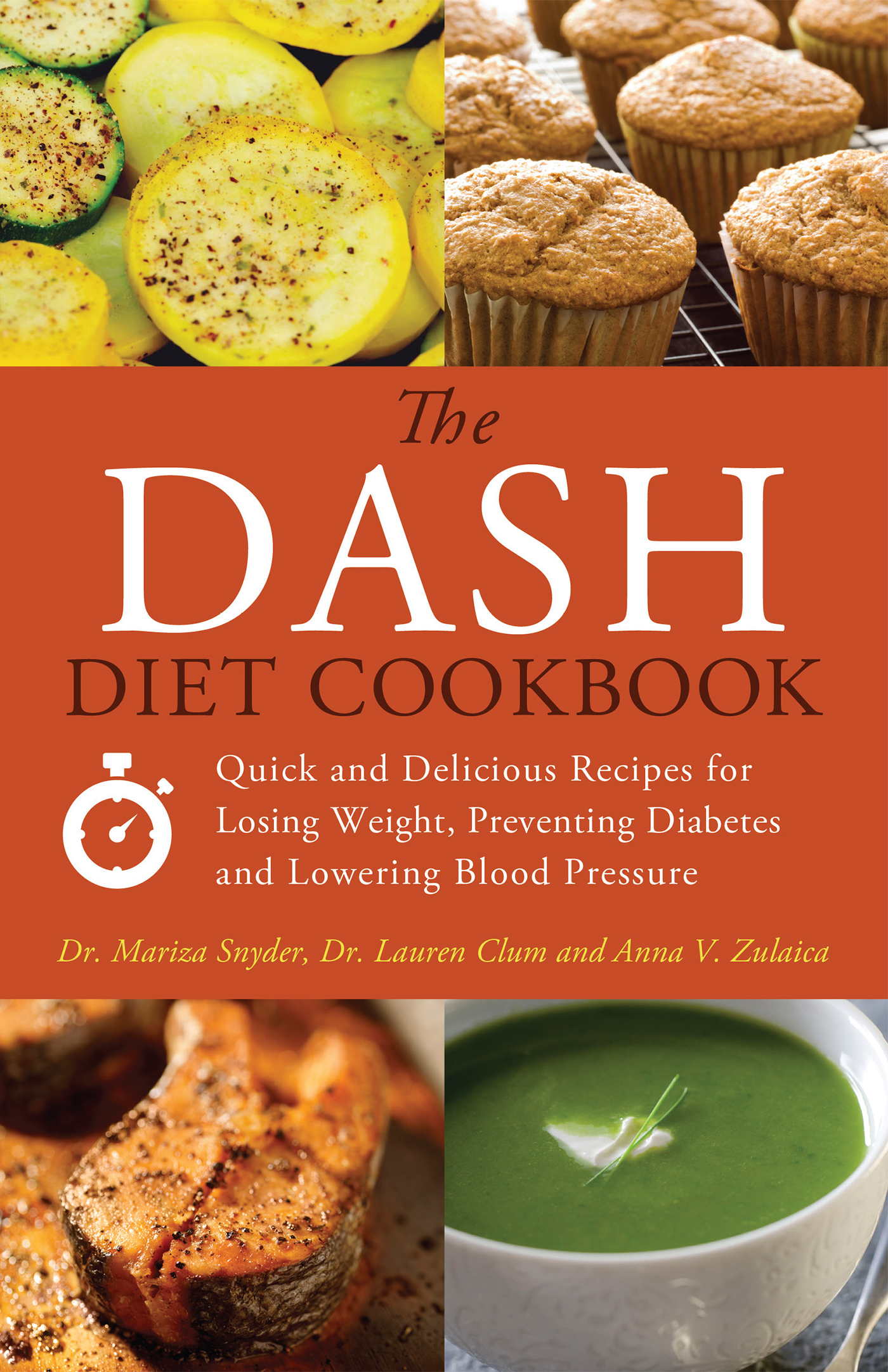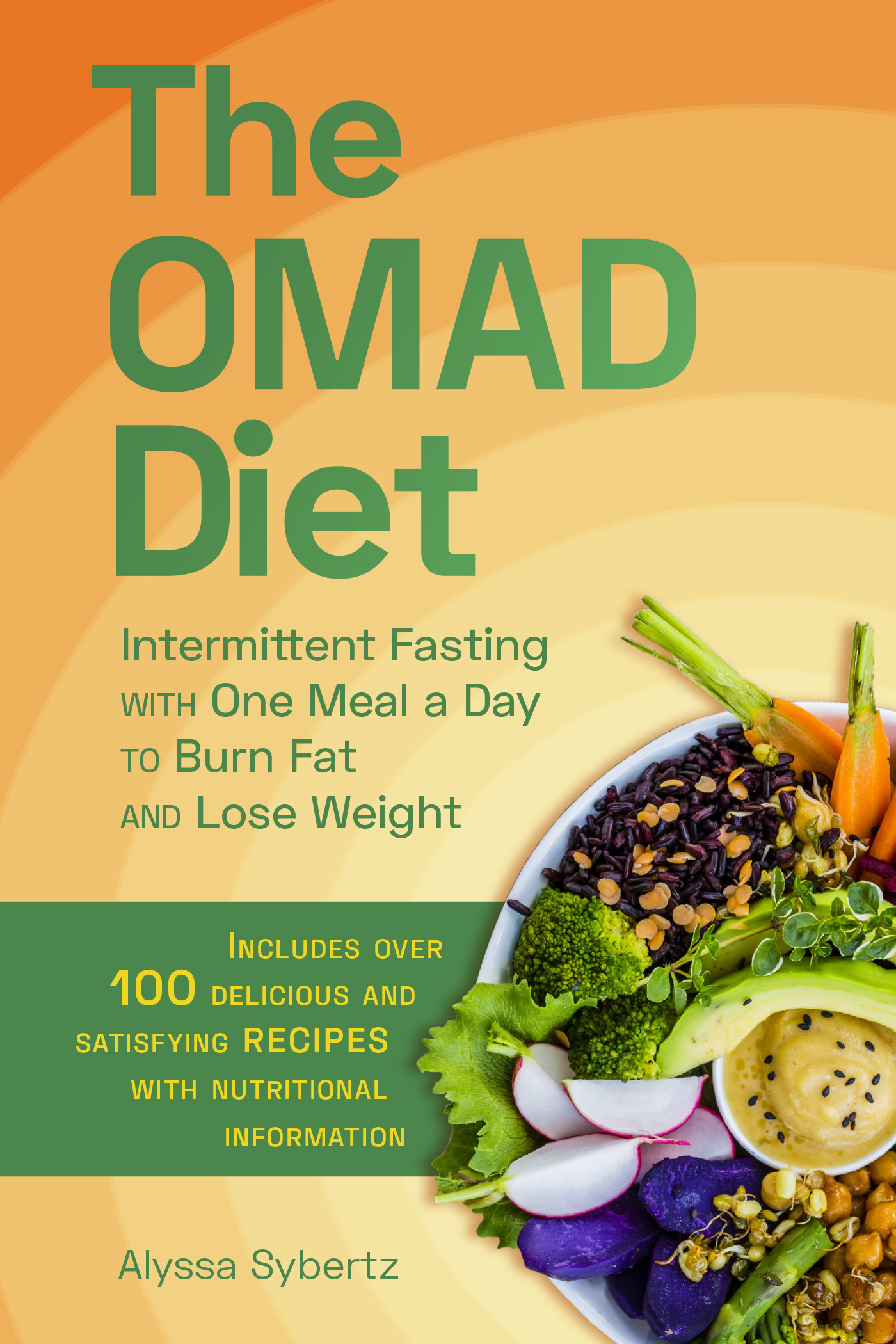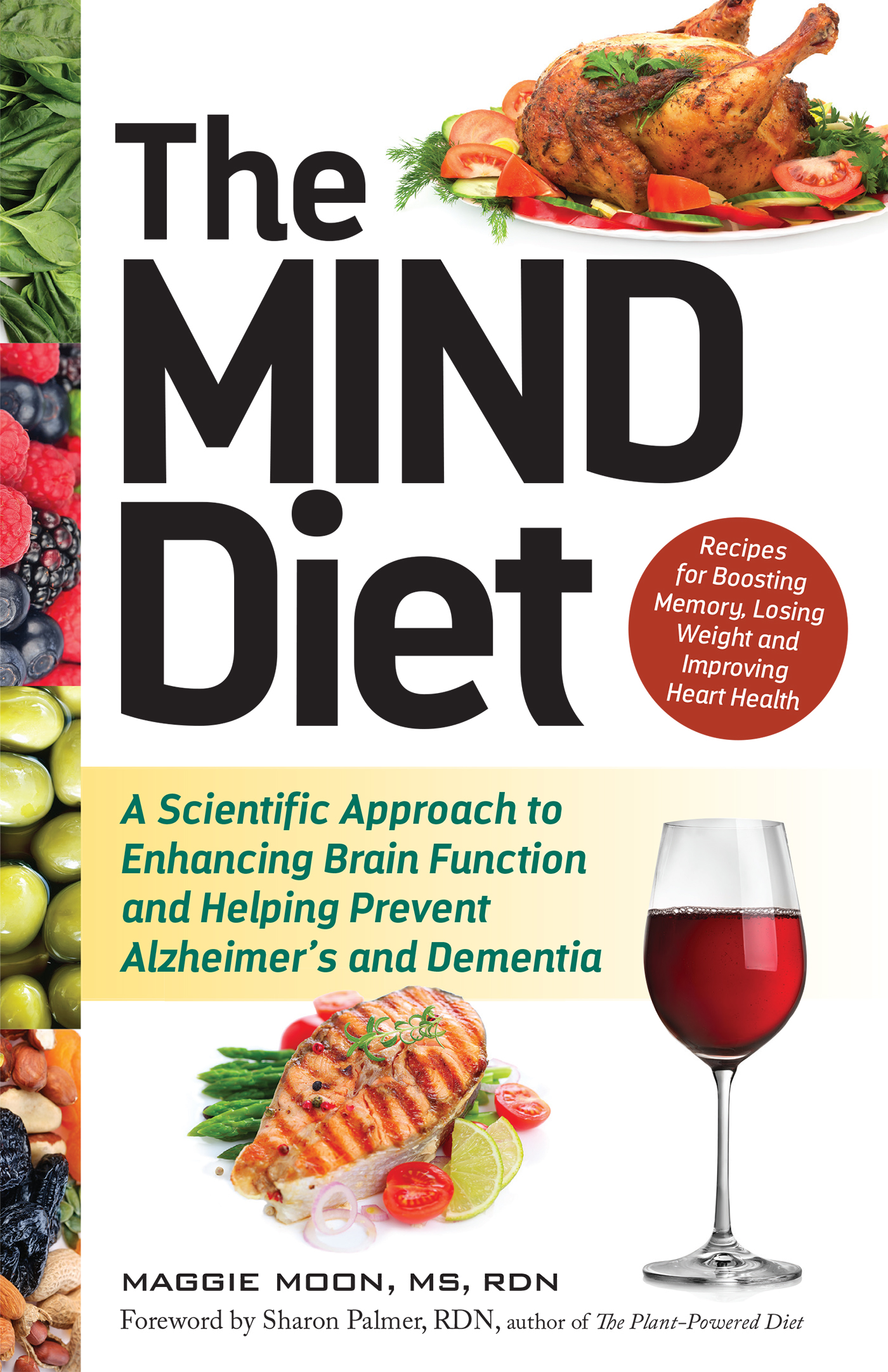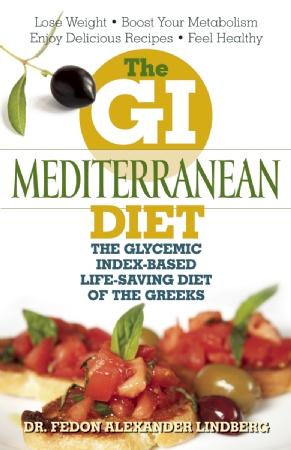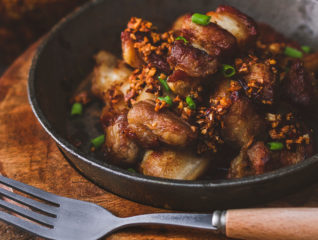
Keto Diet Plan for Beginners
- Health
The Keto Diet Plan for Beginners
Great Keto Diet Recipes for Beginners
- Cauliflower Mashed Potatoes
- Pesto Zucchini Noodles with Chicken
- Steak Fajita Bowl
- Vietnamese Pork Meatball Lettuce Wraps
- Sunshine Ricotta Bowls with Granola
This article was adapted from the bestselling book The Ketogenic Diet by Kristen Mancinelli MS, RD
What is the Ketogenic Diet?
The ketogenic diet has gotten a lot of criticism over the years for being a diet where you basically eat bacon and butter all day long. “Even if you do lose weight,” people say, “that just seems unhealthy!” It is unhealthy! And it’s not a smart way to go about a ketogenic diet.
The ketogenic diet consists of a mix of high-quality fats and protein foods, like avocado, chicken, salmon, almonds, and olive oil, as well as non-starchy, vitamin-rich vegetables like broccoli, cauliflower, asparagus, spinach, lettuce, tomatoes, and mushrooms. So-called indulgences, like red meat, fullfat cheese, and egg yolks, are also allowed. The diet eliminates sugar, flour, starch, fried foods, sweetened beverages, and low-quality processed foods. This last part shouldn’t come as a surprise to anyone familiar with nutrition: try losing weight while eating sugary, floury, fried foods! It’s not a winning strategy.
The ketogenic diet is a clear-cut path to the healthful, whole foods diet that most diet books, nutritionists, and concerned physicians recommend. It is not an animal-based diet, nor is it a high-protein diet. It is a fat-based diet. Followers of the ketogenic diet must eat a mix of fats from animal and plant sources, as well as non-starchy vegetables and a moderate amount of protein, while avoiding nutrient-poor carbohydrates in the form of starches and sugars. This eating pattern sends a message to your cells that says, “Please use fat instead of carbs.” Once this message is received, after a few days of keeping your carb intake below 25–50 g (100–200 calories) at most, you enter a new metabolic state called ketosis, which confirms that your body is fueling the majority of its energy needs with fat. Ketosis is the gateway to rapid fat loss, and carb control is the key to that gate. You keep the fat-burning metabolism turned on by keeping your carb intake low.
Read the bestselling book, THE KETOGENIC DIET
In addition to using more fat for energy on the ketogenic diet relative to other diets, ketosis is proposed to work in various other ways to speed up and increase weight loss, including:
- Suppressing appetite, so people automatically eat less;
- Requiring more energy for metabolic processes, so that resting energy expenditure is increased;
- Stabilizing blood sugar and lowering insulin levels, which reduces fat storage and diminishes hunger;
- Enhancing mood, which helps some people avoid emotional eating;
- Reducing food choice, so that there are fewer opportunities for eating; and
- Eliminating “trigger foods,” so people have more control over their eating habits.
Ketogenic Weight Loss
Research attributes the consistent weight loss effects of the ketogenic diet to these and many other mechanisms. For now, it’s important to understand that:
- The objective of the ketogenic diet is to achieve and maintain ketosis, the state in which you use mostly fat for energy;
- You do this by eating no more than 25–50 g of net carbs per day (some people can eat more and others need less); and
- You do not have to count calories or otherwise restrict your meals.
Despite the effectiveness of the ketogenic diet, many practitioners in the field are reluctant to use the term “ketogenic,” or even suggest that their patients dramatically cut down on carbs. Perhaps they shy away from this approach because it goes against social norms. After all, most people eat a lot of carbs, don’t they? It’s expected of us. We live in a world full of sugar-laden, starch-filled goodies—muffins or cereal for breakfast, high-fructose corn syrup in salad dressings at lunch, sugary “energy bars” to snack on during the day, and dinner plates loaded with rice or potatoes. These foods are everywhere, and it’s easy to munch on them mindlessly as we go about our business. We might even say they’re a great convenience, because they provide a constant source of energy for very little effort on our part.
But these foods are not helping us. Instead, they’re driving so much fat onto our bodies that we’re riddled with diseases of metabolic dysfunction, such as diabetes, cardiovascular disease, and cancer. According to the Centers for Disease Control and Prevention (CDC), over one-third of US adults (78 million people) are obese. We are considered the second fattest nation in the world (Mexico recently knocked us out of first place)–and it’s looking more and more likely that our obsession with carbohydrates is to blame. You don’t have to follow the (overweight) crowd on this one. If you’re serious about improving your health and living life at a comfortable weight, then you may want to carefully reconsider the role of sugar and starch in your diet. If you’re ready to do that, the ketogenic diet may be just right for you.
The ketogenic diet is high in fat, moderate in protein, and very low in digestible carbohydrate (fiber is not restricted). You don’t eat starchy foods like bread, rice, flour, oats, potatoes, or corn, or sweet foods like cakes, cookies, candy, most fruits, or desserts. You do eat nutritious, non-starchy vegetables, meats, poultry, fish, eggs, dairy, nuts, seeds, and oils. Very few of your calories come from carbohydrates, a small portion come from protein, and the majority come from fat.
Fat! You may be thinking: But everyone knows that you have to cut down on fat if you want to lose weight! Every diet I’ve ever done has advised steering clear of fat. Ah, is that so? Well if that strategy worked so well, then why are you still dieting?
It turns out that eating fat doesn’t make you fat, exactly. It’s closer to the truth to say that eating sugar makes you fat.
Or, that eating sugar leads to overeating sugar (because sugar is so yummy and also because it’s in everything, everywhere), which leads to chronically high blood sugar and insulin levels, which make you fat. And since all carbohydrates turn into sugar by the time they reach your bloodstream, well…you get the picture.
It’s not clear that cutting down on fat will slim you. But cutting down on carbohydrates—way down—will almost certainly do the trick.
Whip up quick, wholesome one-dish keto meals with KETO BOWLS
This is not a new idea. The role of carbohydrates in weight gain and loss has been well understood for centuries. The French gastronome Jean Brillat-Savarin wrote in 1825, in his famous book The Physiology of Taste, that one of the causes of obesity “is the fact that [starch] matter is the basis of our daily food.” This starchy matter is “more prompt in its action,” he says, “when it is mingled with sugar.” This should come as no surprise, the Frenchman said, since the standard practice for fattening farm animals is to feed them starch, and, surely, humans eating such a diet will quickly become fat as well. His proposed cure for obesity was to avoid “white rolls…biscuits…cakes…all the good things made with sugar…and farina…. [To eat] neither potatoes nor macaroni…,” and so on.
In 1864, a wealthy and obese British man named William Banting wrote Letter on Corpulence, Addressed to the Public. In it, he described the starch-and-sugar-restricted diet that helped him lose 46 lbs in one year. Banting published and distributed the pamphlet for free, “desirous of circulating [his] humble knowledge and experience for the benefit of [his] fellow man.” Obesity, he said, was poorly understood, and he thought the cures recommended by physicians at the time were useless, as they had not helped him shed any pounds. Banting had been saved from a lifetime of obesity by the simple act of cutting out bread, sugar, beer, and potatoes, and he wanted to do the good deed of sharing this highly effective, yet seemingly unknown, weight-loss solution widely.
More recently, in 1972, Dr. Robert C. Atkins, a physician who had also had personal weight loss success with carbohydrate restriction, published Dr. Atkins’ Diet Revolution. The book was the first to explain ketogenic metabolism (and the superior weight loss effects of ketosis) to a broad audience; it instantly sold millions, and, together with the later edition (Dr. Atkins’ New Diet Revolution, in 1992), made the notion of carbohydrate restriction for weight loss familiar to the late-twentieth-century public. Through the ‘80s and ‘90s the diet was wildly popular, and very-low-carb eating became synonymous with “Atkins.” Followers reported great success (who among us hasn’t heard of someone who lost weight on the Atkins diet?) Again, as in centuries before, we saw that the sugar-and-starch-restricted diet worked. (See page 249 for a more detailed discussion of the Atkins diet.)
Why does this diet work so well? When you eat very few carbohydrates, your body changes the way it metabolizes nutrients. You begin using the fat stored in your cells for energy instead of using that blueberry muffin you ate for breakfast. Of course your body uses some fat for energy anytime you haven’t eaten for a while, but in that situation you’re likely hungry, which prompts you to eat, which shuts down the fat-burning machinery. You toggle back and forth between the fat-burning state and the carbohydrate-burning state, and, just when you’re deep into the fat-burning groove, you eat some carbs, which locks those fats right back up in your fat cells. It’s a one step forward, two steps back sort of process—one in which you may lose weight, or you may gain it, depending on how good your body is at burning or storing energy. Or, you may just become frustrated with the whole business (rightly so) and decide to eat a candy bar.
The experience of being on the ketogenic diet is a very different one. The ketogenic diet shifts the body entirely to an alternate state of metabolism, so that you never swing back to using carbs for energy. Your body burns fat and… more fat. It burns fat when you’re eating and not eating; it burns fat when you’re sleeping, sitting, standing, reading, and exercising. As long as you avoid carbohydrates, your body continuously burns fat. (Oh, and you’re rarely hungry on the ketogenic diet, so you will probably eat less as a side effect—which is a nice bonus for anyone with a busy life who’d rather not waste time looking for meals morning, noon, and night.) The are a number of other benefits to the ketogenic diet in addition to relatively rapid fat loss, including improved mood, increased energy level, and greater mental clarity. The rest of this book will explain why the ketogenic diet suppresses hunger and dissolves fat cells, tell you how to follow the diet for successful weight loss, and, ultimately, achieve better living and good health through carbohydrate restriction.
But wait, you’re thinking. Do I have to get rid of all high carbohydrate foods? Can’t I just have my sandwich on one slice of bread and eat muffins only on the weekends? Well, you could do that, and if you’re currently eating muffins every day for breakfast and sandwiches for lunch, that approach will probably knock off a few pounds. Assuming you’re overweight, that’s a good thing. If you cut down on starch and sugar you’ll be moving in the right direction. You’ll slowly begin to lose weight, and the quality of your diet will greatly improve. You won’t get the benefits of ketosis, which means that you will probably be stuck with hunger and cravings a lot of the time. But if all you’re ready to do is cut out a slice of daily bread and quit eating morning pastries, then go for it! After a month or two you’ll become aware of which foods are high in carbohydrates, so you can eat less of them—and, if you stay away from sugar, your sugar cravings will diminish or disappear altogether. You may decide at that time that you’re ready to go full-on with the ketogenic diet and quickly lose the extra weight. Whether or not you commit now to the ketogenic diet or just decide to cut down on desserts as a start is up to you. It depends on how much weight you have to lose and how fast you want to lose it. If you want to lose weight quickly without hunger, the ketogenic diet offers you that option.
Discover single-sheet-pan ketogenic meals for no-fuss dinners with SHEET PAN KETOGENIC
Despite this, the ketogenic diet has not been promoted as an effective weight-loss tool by health or nutrition experts. For the most part, in fact, it’s been discouraged. Nutritional guidance over the last few decades strongly advised Americans to avoid eating fat or—despite a lack of evidence to support the claim—risk gaining weight and developing heart disease. So we avoided buttering our bread and ate a lot of low-fat cookies and cakes in which the fat was replaced with added sugar. But we didn’t lose weight (actually, we got fatter), nor did we collectively prevent heart disease (it’s still the leading cause of death in the United States today). This particular story is more about politics than it is about nutrition and health, and it has been written about in great detail elsewhere. The book Good Calories, Bad Calories, by the well-known science journalist Gary Taubes, covers the history in detail, as do a number of other books and news articles published in the last decade. If you’ve any interest in the bigger story you have only to do a quick news search to find headlines like the following:
- A Call for a Low-Carb Diet That Embraces Fat. New York Times, September 1, 2014
- Ending the War on Fat. Time Magazine, June 23, 2014
- Study Questions Fat and Heart Disease Link. New York Times, March 17, 2014
- What Really Makes Us Fat? New York Times, June 30, 2012
- Diet and Fat: A Severe Case of Mistaken Consensus. New York Times, October 9, 2007
- What If It’s All Been a Big Fat Lie? New York Times, July 7, 2002
The most recent of these appeared in 2014, just as I was writing this book, and nearly every day now there seems to be another story suggesting that our outlook on fat is changing. Allow the nation’s top nutrition experts at Harvard’s School of Public Health to sum it up for you:
It’s time to end the low-fat myth. For decades, a low-fat diet was touted as a way to lose weight and prevent or control heart disease and other chronic conditions, and food companies re-engineered products to be reduced-fat or fat-free, often compensating for differences in flavor and texture by increasing amounts of salt, sugar, or refined grains. However, as a nation, following a low-fat diet hasn’t helped us control weight or become healthier. (Fats and Cholesterol: Out with the Bad, In with the Good,” Harvard School of Public Health)
In other words, following the advice they were given, Americans cut down significantly on fat intake—from 45 percent of calories in the 1960s, to 33 percent of calories today effectively removing one-quarter of the fat from their diets; and yet, over the same time period, almost three times as many people became obese, and more than ten times as many people developed diabetes.
Yikes! The statistics can really make you wonder: If people aren’t eating a lot of fat, what on earth are they eating? Carbohydrates, by the truckload. According to national diet survey data, men consume about 1,300 calories from carbohydrates per day (out of a daily total of 2,700), and women average about 950 calories from carbohydrates per day (out of a daily total of 1,850). That’s half of daily calories from carbs! Think about the foods you eat on a regular basis. If you’re eating like the average person, these foods are mostly made of flour, sugar, and starch. When I ask my clients for diet records I see this trend: egg whites, dry toast, coffee with many sugars, low-fat flavored yogurt, reliance on pasta and sandwiches for lunch, a lot of energy bars, and avoidance of steak and avocado. Every one of them is overweight.
Bring the Keto Diet into your pressure cooker with recipes from KETOGENIC PRESSURE COOKER
The Harvard researchers go on to remind us that fat is an essential nutrient, which is why it appears in small amounts in almost all foods. “Even quintessential fat-free foods like carrots and lettuce,” they say, contain fat. “That’s a testament to how important fats are for life.” They wrap up by saying:
It is a common belief that the more fat you eat, the more weight and body fat you gain. This belief has been bolstered by much of the nutritional advice given to people over the past few decades, which has focused on lowering total fat intake while increasing carbohydrate intake. But the notion that food fat equals body fat isn’t completely true, and the advice has been misguided.
Wow. That’s big news! So if not eating fat makes you fat, does eating fat make you thin?
First, it’s important to understand that a high-fat diet is by definition a low-carb diet, 4 but not all low-carb diets are ketogenic. A diet must be very low in carbohydrates to be ketogenic (also called very-low-carbohydrate ketogenic diet, or VLCKD).
Second, it’s important to understand how different groups seek to answer this question.
Scientific researchers often do controlled experiments. They take groups of volunteers, put them on different types of diets (a high-fat, low-carb diet; or a low-fat, high-carb diet; or something else), and compare how much weight each group loses. When those in the low-carb group lose more, as they almost always do, researchers conclude that eating a high-fat, low-carb diet causes people to lose weight. Public health researchers may review historical and population data (i.e., look at the trends in diet habits over time and compare them to weight changes over time), and draw conclusions about the effectiveness of low-fat or low-carb diets. Clinicians, such as doctors, dietitians, and other healthcare professionals who provide care directly to individuals, tend to observe what happens to their patients who use different strategies for weight loss. Inevitably, regardless of advice given, some people will try low-carb diets on their own (and others will try low-fat, and other types). When patients following a low-fat diet fail to lose weight and/or continue to gain it, as they often do, and those on a low-carb diet lose weight, as they almost always do, the healthcare provider concludes that eating a high-fat, low-carb diet is effective for weight loss.
Anyone who isn’t professionally engaged in helping people lose weight can use their intuition and observations of real life to answer the question of whether high-fat, low-carb diets make you thin. A fantastic line written in the 1960s in the British Journal of Nutrition is commonly quoted in the low-carb community. It says simply, “Every woman knows that carbohydrate is fattening.”
Have you personally ever tried a low-carb diet? I’ll bet you lost weight. Have you ever noticed a friend who starts to leave the rice on her dinner plate, avoids the bread basket, and orders eggs instead of pancakes for breakfast? She loses weight, right? I am hard-pressed to think of an example of someone who followed a low-carb diet and didn’t lose weight.
If you want to lose weight you have to meet two targets: a metabolic target and a behavioral target. Success will come when you make a meaningful change in a common behavior, something you do all the time, that’s causing you to hold onto weight. Even in the world of low-fat dieting, doctors who tell overweight patients to stay away from bacon are really missing the point. People don’t eat bacon every day! It takes too long to cook and clean up. People eat bacon once in a while, on a weekend. But you know what they eat every single day? Bread. And cereal, and potatoes, and sugar, and rice, and more bread. More importantly, bacon, made mostly of fat, doesn’t cause a spike in blood sugar and insulin that demands that the body store more fat in fat cells. You know what does that? Bread, and its fat-free, carb-rich friends mentioned above. Nudging these foods out of your diet communicates to your body that you prefer to metabolize fat for fuel. You’ll begin losing weight quickly (achieving your metabolic target), and you’ll be astonished to see how a carb-heavy diet—despite what nutritional guidelines have led you to believe—has been strongly influencing your body to hold onto weight.
Times Are a Changing
Thanks in part to good research, thoughtful communications, articles, books, and interviews from scientists, healthcare professionals, and interested individuals who have made these observations themselves, there is something of a revolution underway in the world of nutrition. Carbohydrates are finally being properly blamed for their role in weight gain and disease, and fats are being exonerated. Progressive and outspoken physicians like Dr. Mark Hyman, author of The Blood Sugar Solution, Dr. David Perlmutter, author of Grain Brain, and Dr. William Davis, author of Wheat Belly, are leading the change in the medical community. You’ll notice that these and other health professionals who recommend carbohydrate-restricted diets in their work also tend to follow them in their personal lives. If you do an image search for any of the names listed above you’ll notice they appear slim and in good health. It’s hard not to believe that they’re doing something right.
It’s also helpful that the paleo diet, which promotes whole foods, embraces dietary fat, and denounces flour and sugar, is gaining in strength and numbers every day. Paleo is so popular that, whether intentional or not, it’s driving a shift in societal thinking about the healthfulness of carbs and fats. In fact, a convenient way to explain your ketogenic diet to the uninitiated is to say, “You know the paleo diet? Well it’s like the paleo diet on a diet. It’s basically the same thing minus the desserts and sweet potatoes.” What’s more, while there are maybe only a dozen blogs or cookbooks devoted to the ketogenic diet, there are hundreds promoting the paleo diet—many sharing high-fat, low-carb recipes, and recommendations for food products suitable for the ketogenic dieter. The role of the paleo movement must be acknowledged, for without a change in social norms away from carbs and toward fats (as paleo is nudging things along) it would be much harder for an individual to stick to a high-fat diet plan.
The current groundswell of interest in and embrace of food fats will undoubtedly help you in your journey on the ketogenic diet. And while this is surely not the only path to weight loss, it is a highly effective one that’s worth giving a try if you haven’t managed to lose weight with low-fat diets. The ketogenic diet will prompt your body to burn fat for fuel. That’s not a magic trick. It’s your biology.
The Ketogenic Diet
THE FIRST DEDICATED WEIGHT-LOSS BOOK BASED ON THE KETOGENIC DIET—THE ORIGINAL, SCIENTIFICALLY DEVELOPED LOW-TO-NO-CARB DIET Losing weight the healthy way means losing fat—and there’s no better diet for that than the ketogenic diet! With the simple program in this book, readers are guaranteed to lose weight by eating a rich variety of
Learn more